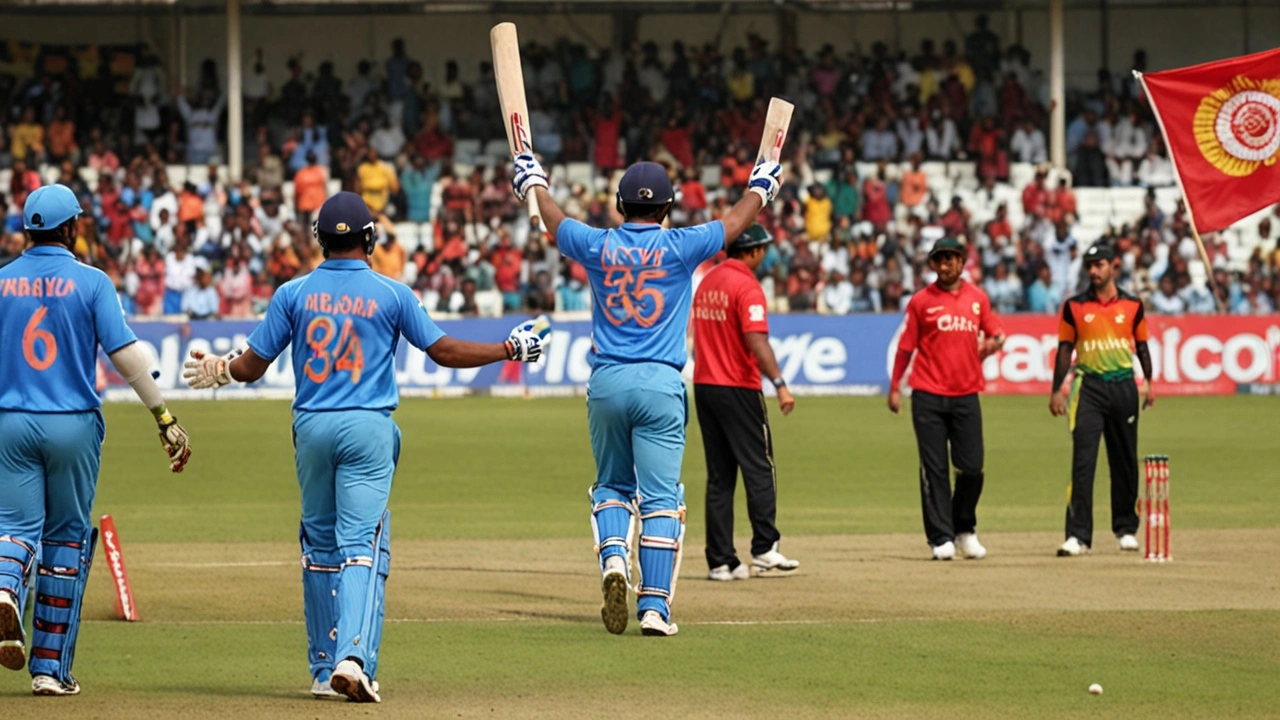3rd T20I: How to Read the Series Decider
The third T20 International often feels different from the other games. If the series is 1-1, this match decides the winner. Even when one team leads 2-0, the third game matters for confidence, rankings and momentum. That means captains, coaches and fans all treat it like a mini-final.
First, check toss and team news. Toss choices say a lot about conditions. If captains choose to bowl after winning the toss, expect dew or a tricky batting surface later. If they bat first, the pitch likely gets slower or the side wants scoreboard pressure. Team sheets matter too: a late change to add a death-over bowler or an extra spinner can change how you watch the game or pick a fantasy squad.
What to watch in each phase
Powerplay sets tone. Openers who score quickly and rotate strike put pressure on the fielding side. Middle overs need control and clever hitting. Teams that keep a batter who can finish strong often win close games. Death overs are decisive: bowlers who can hit the blockhole and use variations usually stop big totals. Watch who bowls the last four overs and how captains defend single runs and margins.
Matchups matter more than headlines. A batter with a bad record against a certain bowler will likely struggle again. Left-right batting pairs force field changes and can disrupt bowling rhythm. Also look at form, not reputation: a player who scored a big hundred two months ago may be out of touch now.
Quick tips for fans, fantasy and betting
For fantasy teams pick two reliable openers, one top-five batter, one true finisher and at least one all-rounder who bowls four overs. All-rounders give stable points from both batting and bowling. Choose your captain carefully: top-order batters and death-over bowlers are safer captain picks than lower-order hitters.
When betting or placing live bets, wait for the first six overs unless you already know the pitch and weather. Early play reveals whether the surface favours quick scoring or careful building. If weather threatens a reduced game, back aggressive batters and bowlers who can choke runs in shortened formats.
Monitor pitch and weather reports right up to the start. Dew and wind change chasing dynamics. In daylight dew is less of a factor; at night it can make the ball slippery and help batters. Ground size also matters: small grounds favour big hitters while large boundaries reward strike rotation and placement.
Finally, expect surprises. The third T20I often produces match winners out of nowhere: a lower-order batter hitting a sudden fifty, a rookie bowler nailing three wickets, or a captain’s bold field placement that snuffs out a chase. Watch live stats, adapt quickly, and enjoy the edge that a decider brings to a short cricket series.
- July 10, 2024
- Comments 10
- Sports

